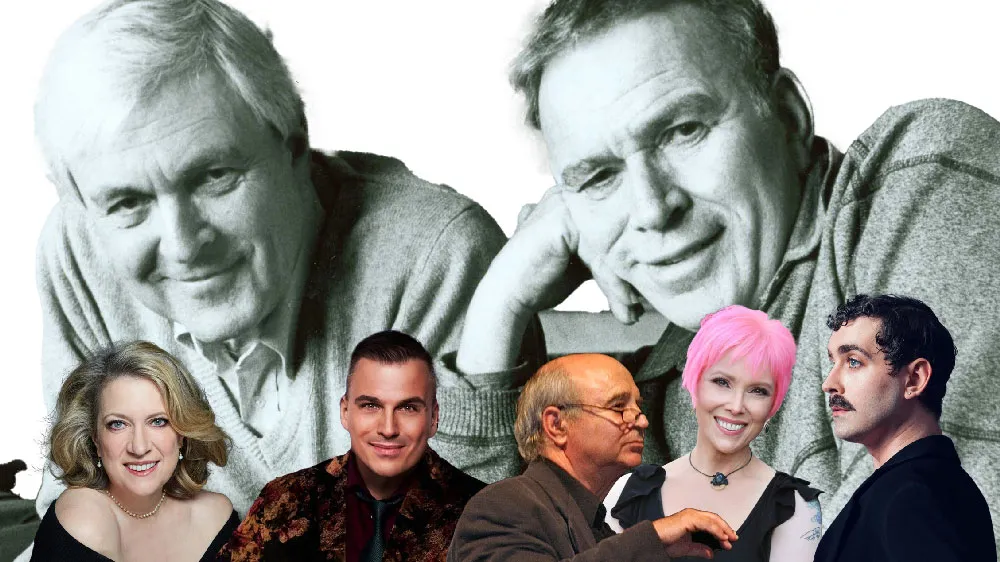August 20, 2015
Travel Essentials: Warsaw
Matthew Wexler READ TIME: 4 MIN.
Almost every month brings something new in Warsaw. With nearly 2 million people, Poland's capital city has been developing fast ever since the once-communist nation joined the European Union in 2004. From skate parks and roof gardens to historic palaces and some of Europe's most modern buildings, visitors of all ages will find plenty do see and do in this city that aspires to be trendy. Here are some suggestions:
WHAT'S NEW
The POLIN Museum of the History of Polish Jews that opened in October has become the center of the city's reborn Jewish culture. The multimedia museum tells the 1,000-year glorious and tragic history of Jewish life in Poland - a world that all but ended in the Holocaust.
The museum is located in an area that was the heart of the Jewish Ghetto during World War II, when Nazi Germany occupied Poland, and stands next to the monument to the Heroes of the Ghetto, who in 1943 staged an uprising against the final transport of Warsaw's Jews to death camps. The building is a piece of exquisite, inspired glass and concrete architecture. Its vast exhibition may require two visits. The museum is closed on Tuesdays, but is free on Thursdays.
Most of Warsaw's tourist attractions are on the left, or western bank of the Vistula River. But the new Soho Factory area in Minska Street 25, in the somewhat forgotten Praga district on the eastern bank, is well worth crossing the river for. The pre-World War II ammunition depot and post-war motorbike factory was an abandoned, rundown neighborhood, just like industrial sections of downtown New York City, before being turned into an arts community with galleries, exhibition and conference space, a chic restaurant and a museum about life under communism. The museum offers tours of communist-era architecture, a look at a typical small apartment, a taste of cherry vodka and a ride in a militia van.
Although it's five years old, in this city with sites dating back to medieval times, the Copernicus Science Center is one of the newer attractions - complete with long lines for its immensely popular, giant interactive playground, designed to help children see the scientific side of facts and phenomena that we usually take for granted. It teaches through experiment and entertainment and appeals to visitors of all ages. Tickets can be booked online but booking is only in Polish. The visit can be combined with a walk in a nearby garden on the roof of the Warsaw University Library. Although there since 2002, the garden never fails to impress.
CLASSIC ATTRACTIONS
Don't miss the Old Town : colorful Renaissance houses on cobbled stone streets, rebuilt from the ruins of World War II. The story of the city's 1944 struggle is told by the Warsaw Rising Museum.
Another must-see is the Lazienki Park (the Royal Baths Park) with the 17th century ornate Palace on the Isle, an open-air Greek-style theater, and sculptures of nymphs and satyrs along sand-and-gravel paths. You can feed huge carp and tortoises in the pond and sit on the grass or take a boat ride.
For a panoramic view of Warsaw, go to the 30th floor of the iconic eyesore, the Palace of Culture and Science. It was an unwanted gift from Soviet leader Josef Stalin in 1955 and recently celebrated its 60th birthday, having survived repeated calls to be torn down as a symbol of communist-era oppression. It remains Poland's tallest building, at 237 meters (778 feet). It is flanked by modern high-rise architecture, including the so-called "sail" skyscraper by U.S. architect Daniel Libeskind, who was born in Poland.
If you have a day to spare, take a bus to Wilanow and visit the yellow-and-gold Baroque Palace and gardens.
TIPS
Get a day ticket for using mass transit at 15 zlotys ($4; euro 3.6) for adults (half that price for children). It's good for bus, tram and subway, but make sure to have it read by a ticket scanner on first use. Fines are very high and workers who check for tickets are unrelenting.
City transport is on time and reliable. It's good to have a city map with the stops marked, but if you get lost, most young people speak English and are eager to help.
HANGING OUT
The Old Town (Stare Miasto) and the Nowy Swiat street are lined with cafes and eateries. For a hipster climate, go to Savior Square (Plac Zbawiciela).
If you crave Polish food like pierogi (dumplings) or in winter, bigos (sauerkraut stew), look up inexpensive Zapiecek restaurants, also to be found in the Old Town.
On both sides of the Vistula there are clubs and cafes, some of them offering music in the summer. The new Vistula Boulevards will make them more accessible.
Matthew Wexler is EDGE's Senior Editor, Features & Branded Content. More of his writing can be found at www.wexlerwrites.com. Follow him on Twitter and Instagram at @wexlerwrites.






